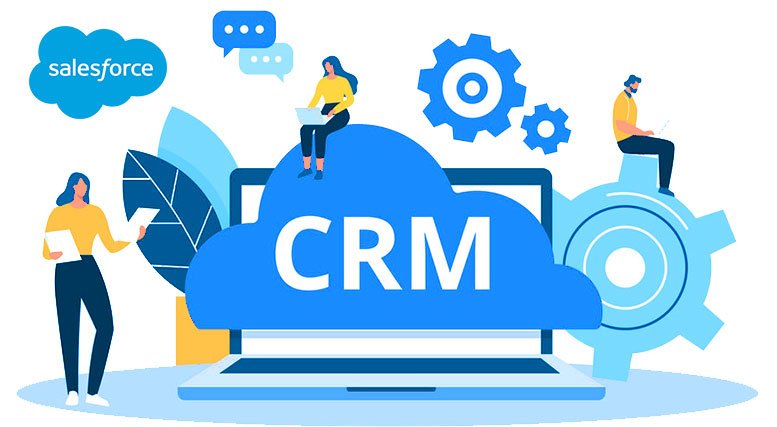8 Elements of an Effective Change Management Process

In this article, you’ll get an in-depth look at change management processes and principles. We’ve included the critical elements that are essential to facilitate successful change management outcomes.
Included on this page, you’ll find the 8 essential steps for an effective change management process, common challenges of change management to get ahead of, and supporting tools necessary to implement change management processes.
Change management processes should include the following steps: First, identify opportunities for improvement and secure approval from stakeholders. Then, make a plan and evaluate your processes. Communicate the changes, monitor progress, and continue to assess any risks.
All organizations constantly experience change, whether caused by new technology implementations, process updates, compliance initiatives, reorganization, or customer service improvements. But, this isn’t necessarily negative — in fact, change is often necessary for growth and profitability. A consistent change management process will aid in minimizing the negative impact of change on your organization and staff.
We’ve outlined the eight essential steps to an effective change management process below.
1. Identify What Will Be Improved
Since most change occurs to improve a process, a product, or an outcome, it is critical to identify the focus and to clarify goals. This also involves identifying the resources and individuals that will facilitate the process and lead the endeavor. Most change systems acknowledge that knowing what to improve creates a solid foundation for clarity, ease, and successful implementation.
2. Present a Solid Business Case to Stakeholders
There are several layers of stakeholders that include upper management who both direct and finance the endeavor, champions of the process, and those who are directly charged with instituting the new normal. All have different expectations and experiences and there must be a high level of "buy-in" from across the spectrum. The process of onboarding the different constituents varies with each change framework, but all provide plans that call for the time, patience, and communication.
3 .Plan for the Change
This is the "roadmap" that identifies the beginning, the route to be taken, and the destination. You will also integrate resources to be leveraged, the scope or objective, and costs into the plan. A critical element of planning is providing a multi-step process rather than sudden, unplanned "sweeping" changes. This involves outlining the project with clear steps with measurable targets, incentives, measurements, and analysis. For example, a well-planed and controlled change management process for IT services will dramatically reduce the impact of IT infrastructure changes on the business. There is also a universal caution to practice patience throughout this process and avoid shortcuts.
4. Provide Resources and Use Data for Evaluation
As part of the planning process, resource identification and funding are crucial elements. These can include infrastructure, equipment, and software systems. Also consider the tools needed for re-education, retraining, and rethinking priorities and practices. Many models identify data gathering and analysis as an underutilized element. The clarity of clear reporting on progress allows for better communication, proper and timely distribution of incentives, and measuring successes and milestones.
5. Communication
This is the "golden thread" that runs through the entire practice of change management. Identifying, planning, onboarding, and executing a good change management plan is dependent on good communication. There are psychological and sociological realities inherent in group cultures. Those already involved have established skill sets, knowledge, and experiences. But they also have pecking orders, territory, and corporate customs that need to be addressed. Providing clear and open lines of communication throughout the process is a critical element in all change modalities. The methods advocate transparency and two-way communication structures that provide avenues to vent frustrations, applaud what is working, and seamlessly change what doesn't work.
6. Monitor and Manage Resistance, Dependencies, and Budgeting Risks
Resistance is a very normal part of change management, but it can threaten the success of a project. Most resistance occurs due to a fear of the unknown. It also occurs because there is a fair amount of risk associated with change – the risk of impacting dependencies, return on investment risks, and risks associated with allocating budget to something new. Anticipating and preparing for resistance by arming leadership with tools to manage it will aid in a smooth change lifecycle.
7. Celebrate Success
Recognizing milestone achievements is an essential part of any project. When managing a change through its lifecycle, it’s important to recognize the success of teams and individuals involved. This will help in the adoption of both your change management process as well as adoption of the change itself.
8. Review, Revise and Continuously Improve
As much as change is difficult and even painful, it is also an ongoing process. Even change management strategies are commonly adjusted throughout a project. Like communication, this should be woven through all steps to identify and remove roadblocks. And, like the need for resources and data, this process is only as good as the commitment to measurement and analysis.
Common Challenges of Change Management
Change management, like any other business process, involves some unique challenges. From the evolving approaches to the need for continual adjustment and improvement, change management is a sometimes difficult - but always worthwhile - task.
Due to ever-changing consumer expectations and the competition in the global economy, the science of organizational change is itself constantly changing and evolving. The human element of change management may be one of the most difficult to navigate because people do not inherently like change or adjust to it well.
Most change methods agree that change is difficult and cumbersome. Therefore, it’s critical to involve people early on, implement processes, and continuously adjust for improvement. This includes thorough planning, securing buy-in and resources, developing strong communication norms, and continuously evaluating your processes.
Smartsheet is a powerful work management and collaboration tool that lets you easily track and manage your work so you and your team can be more productive than ever. Manage projects, automate processes, and scale up to enterprise-level programs and portfolios, all with one platform. For a free trial click here



